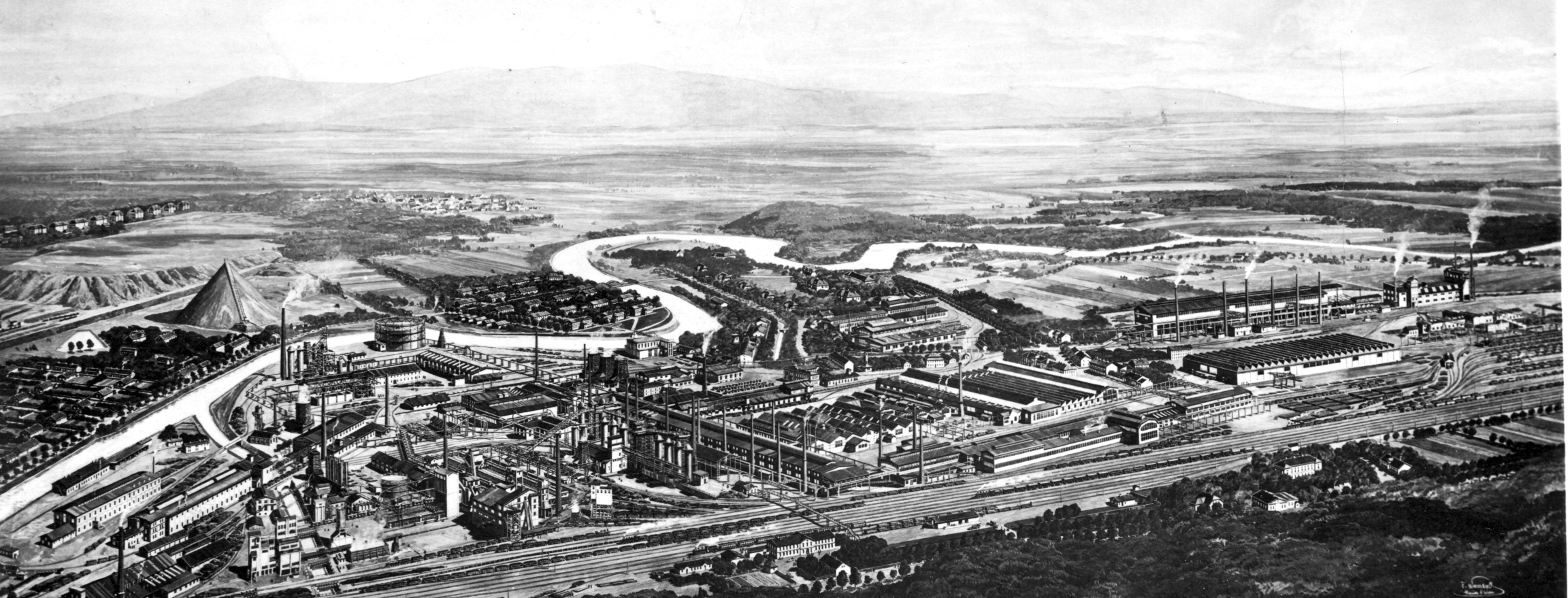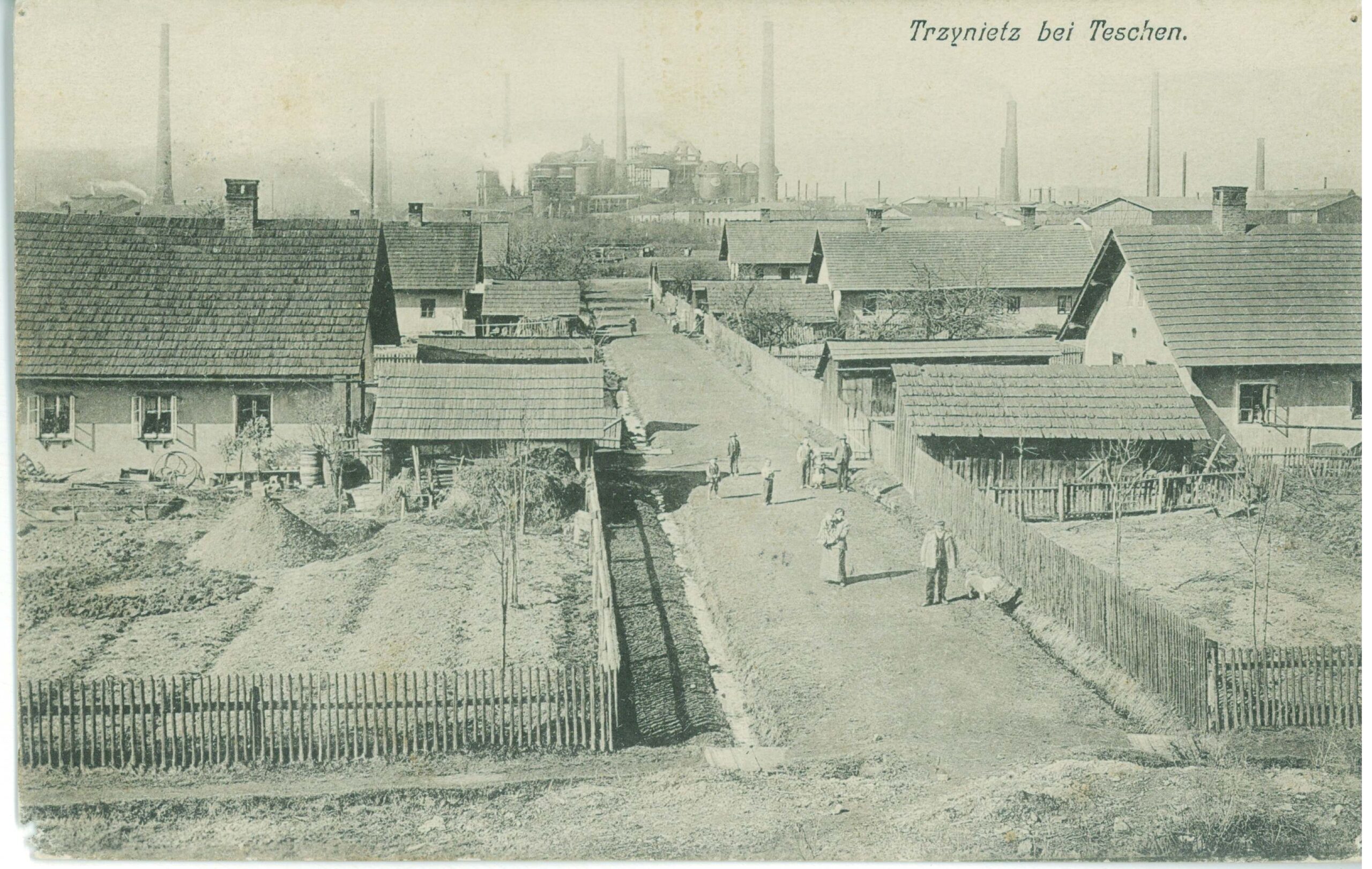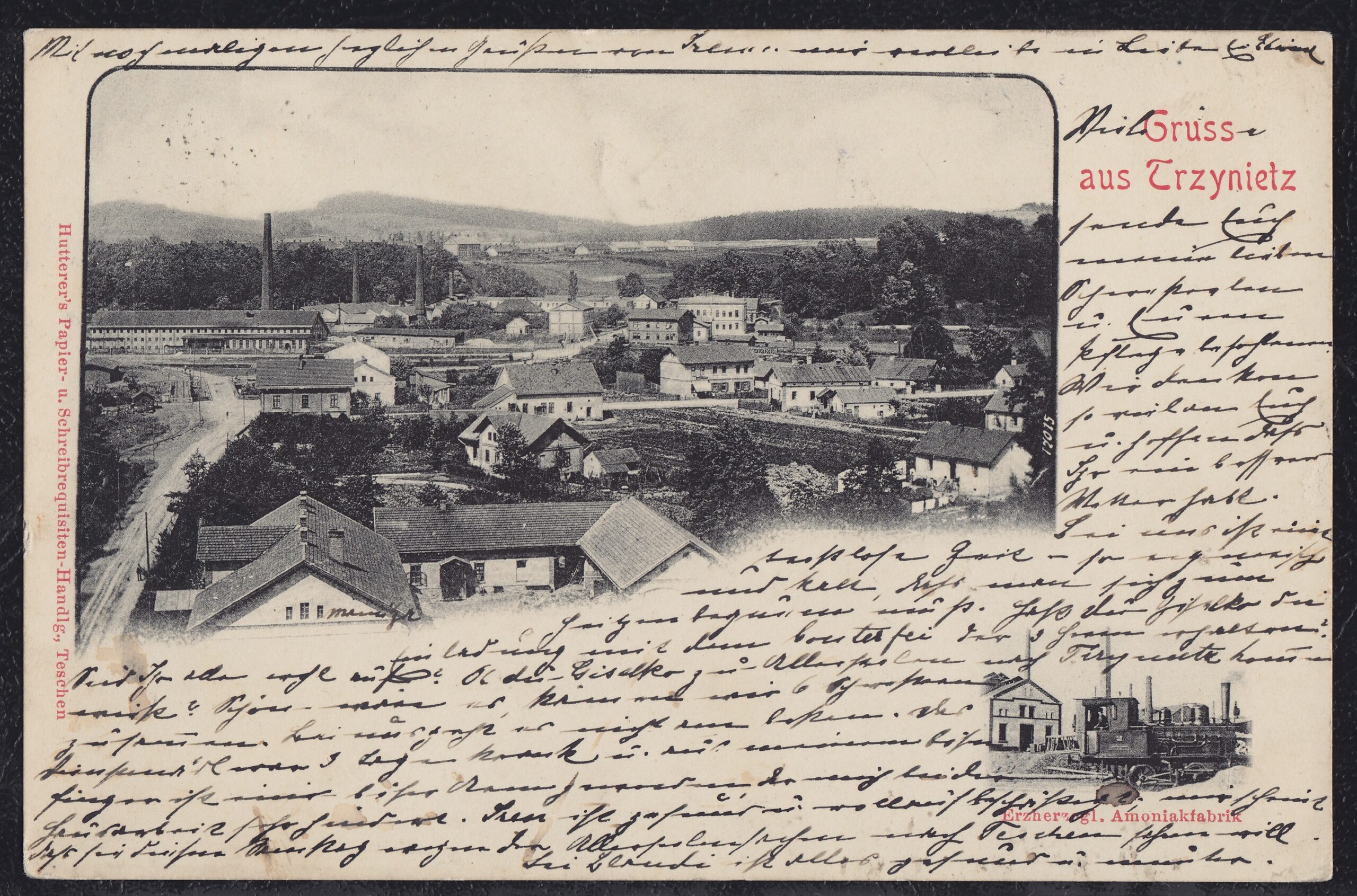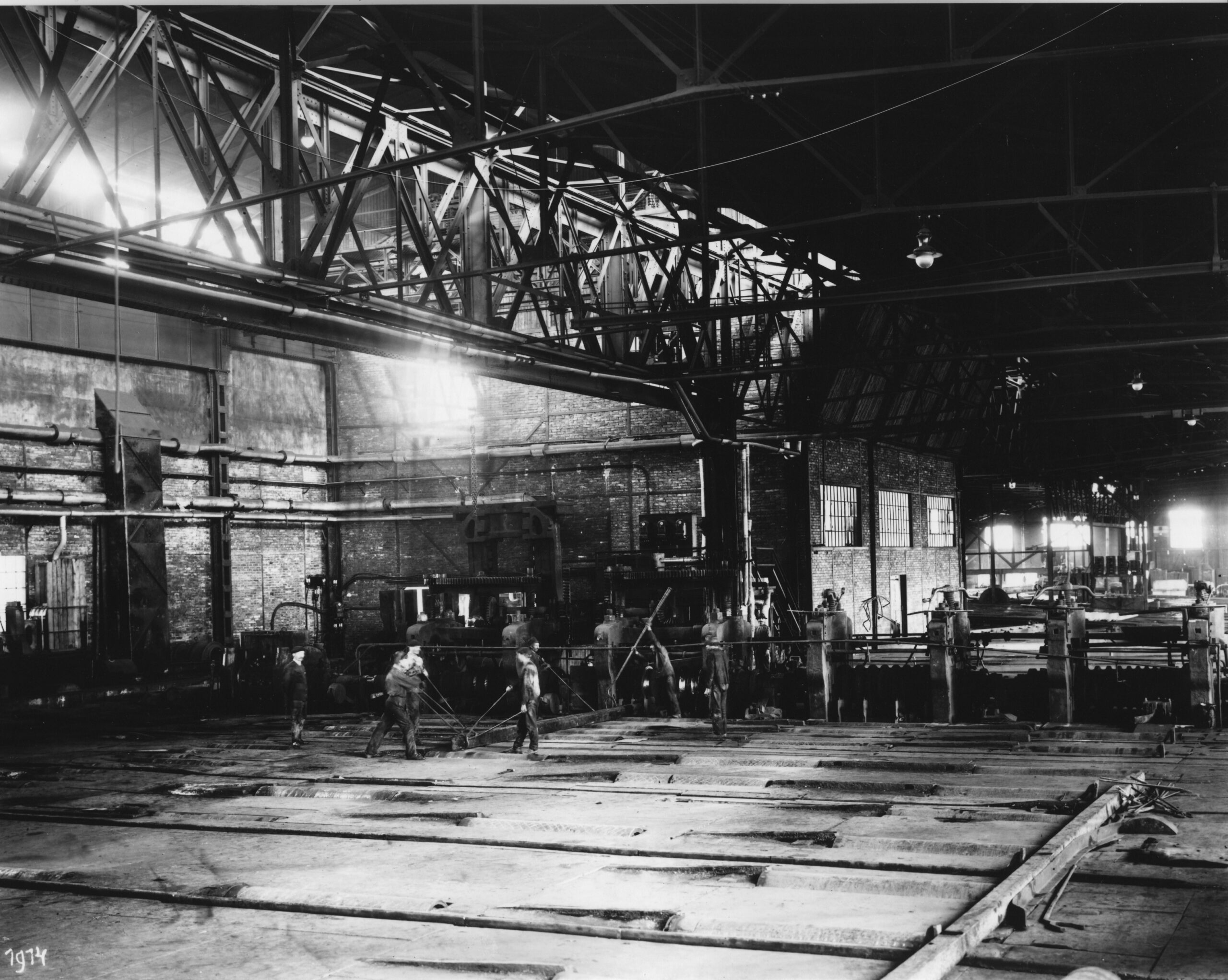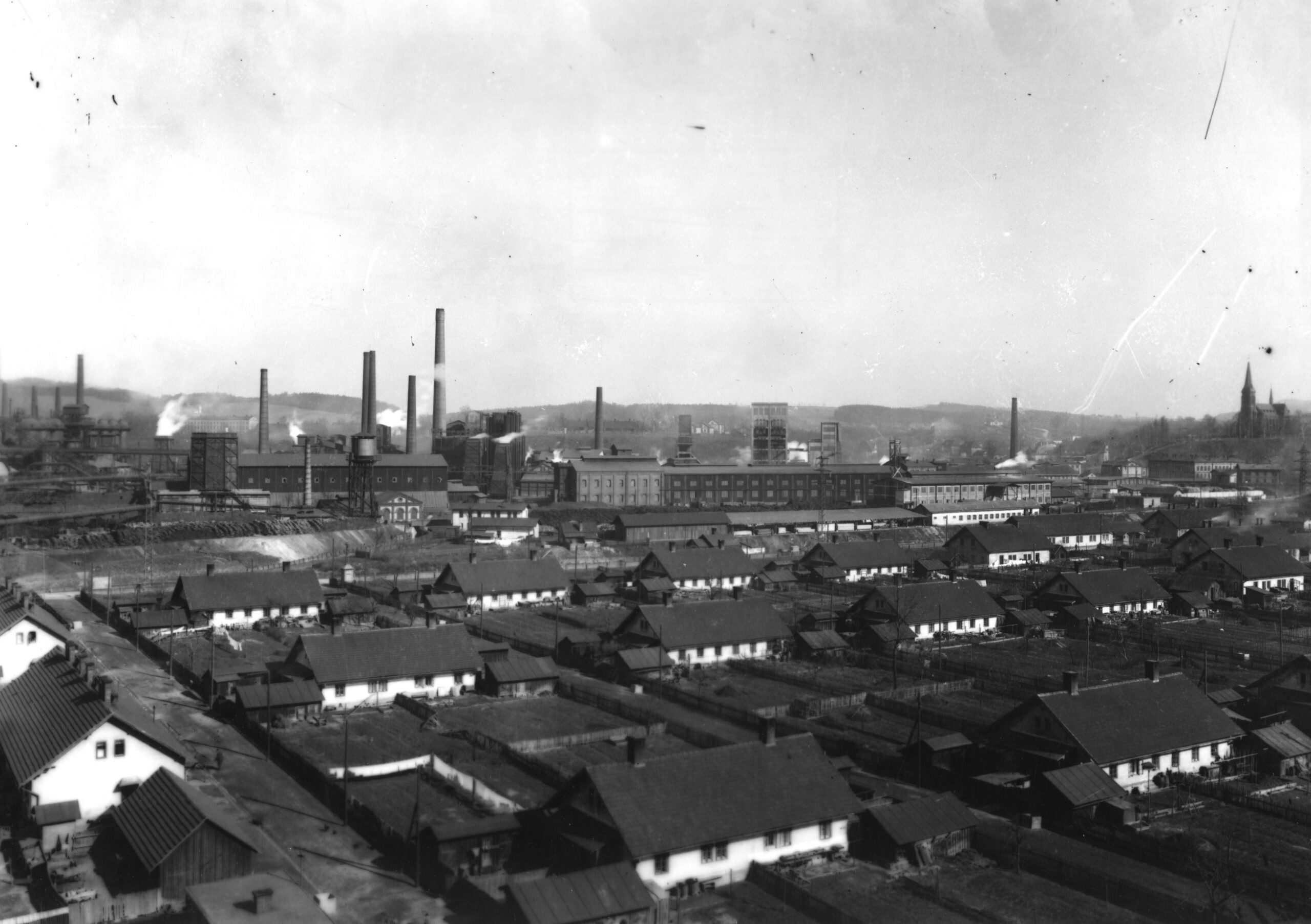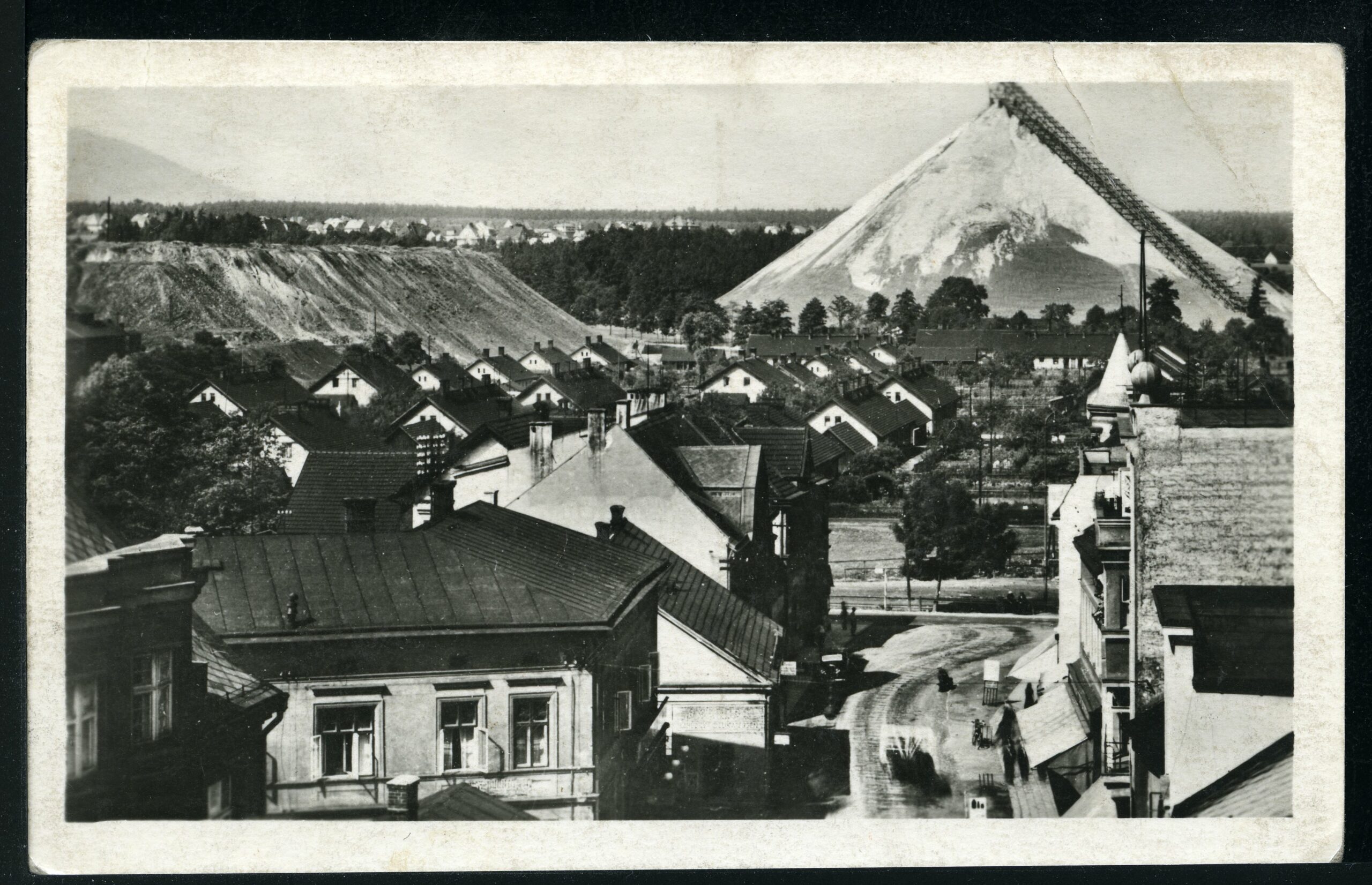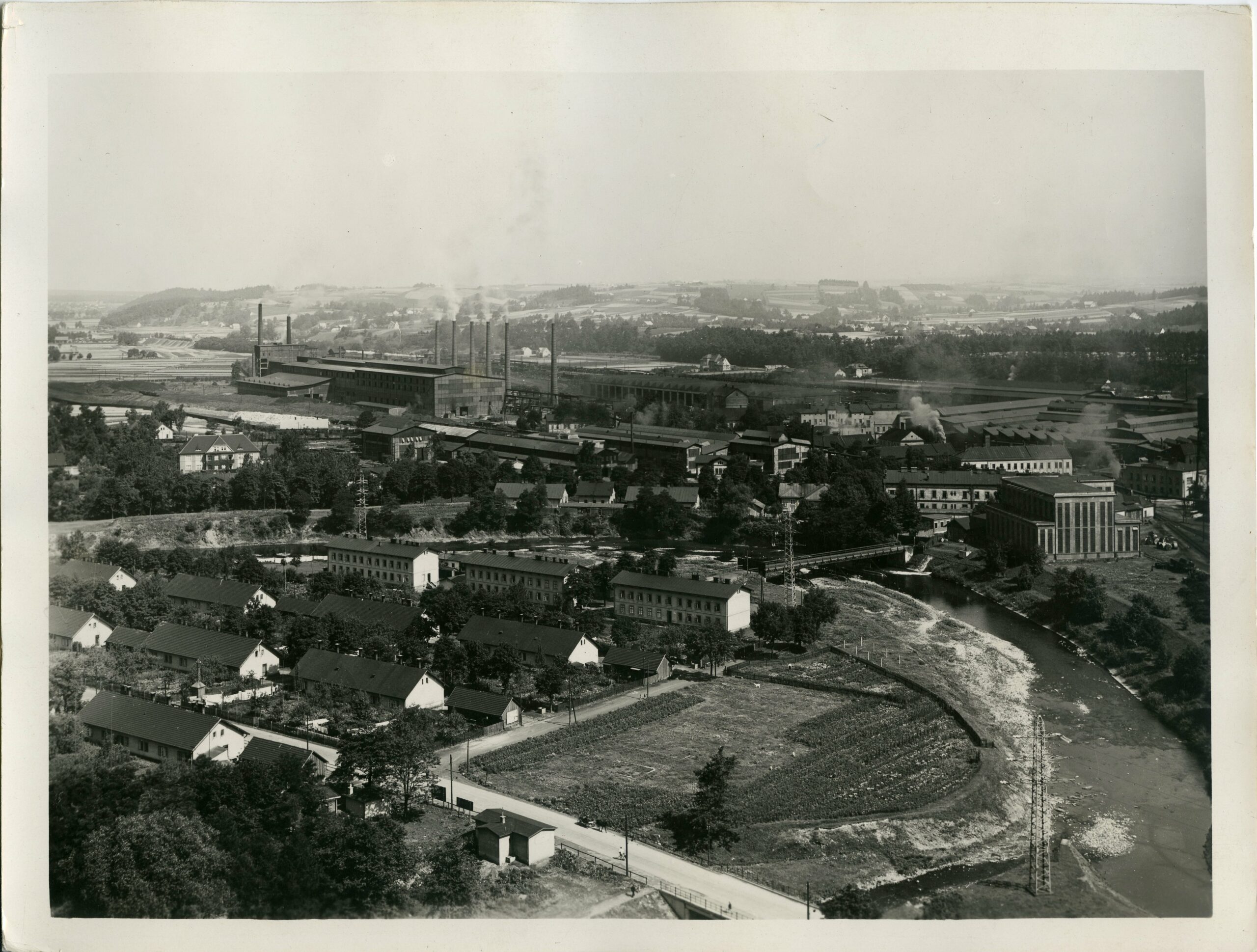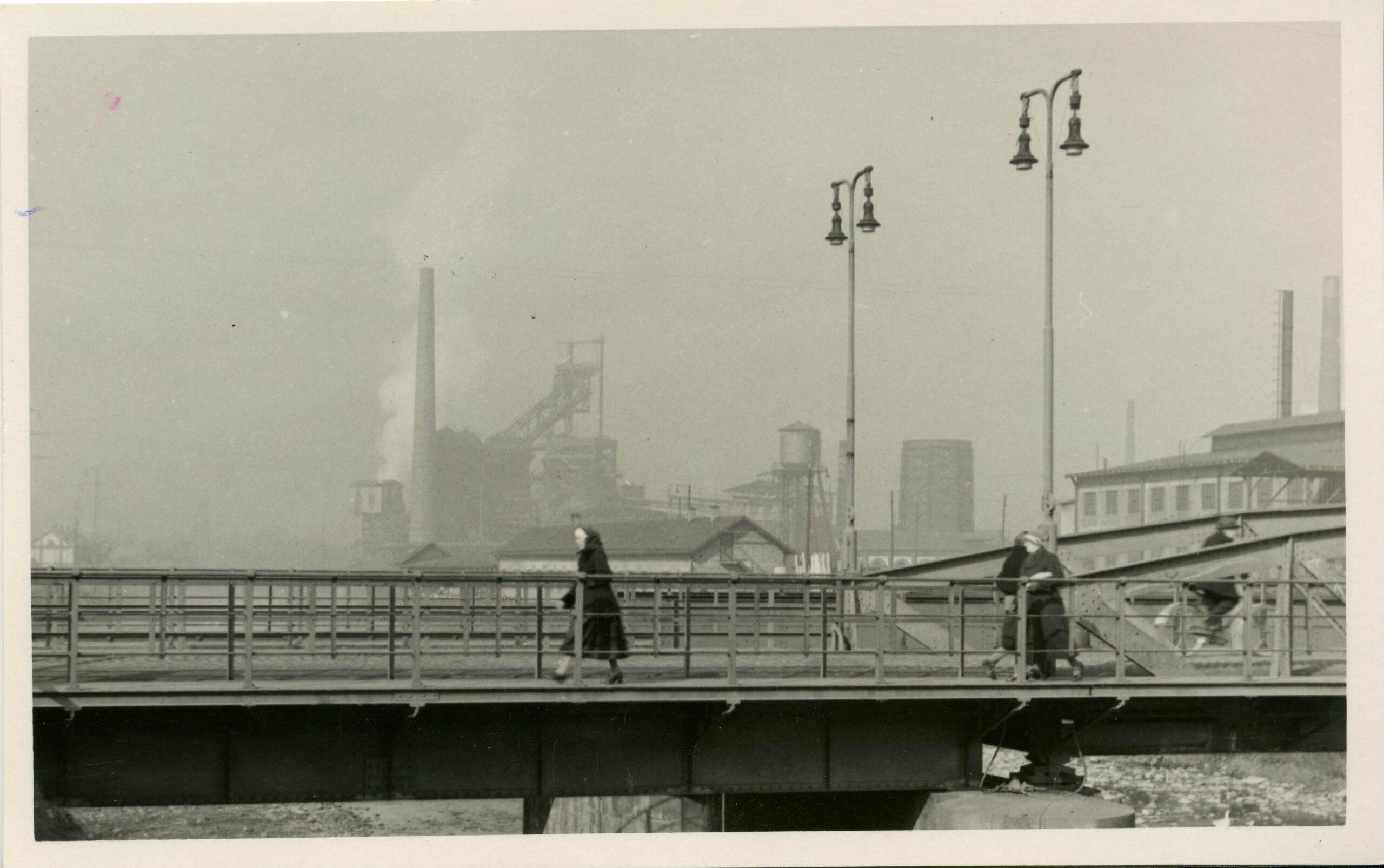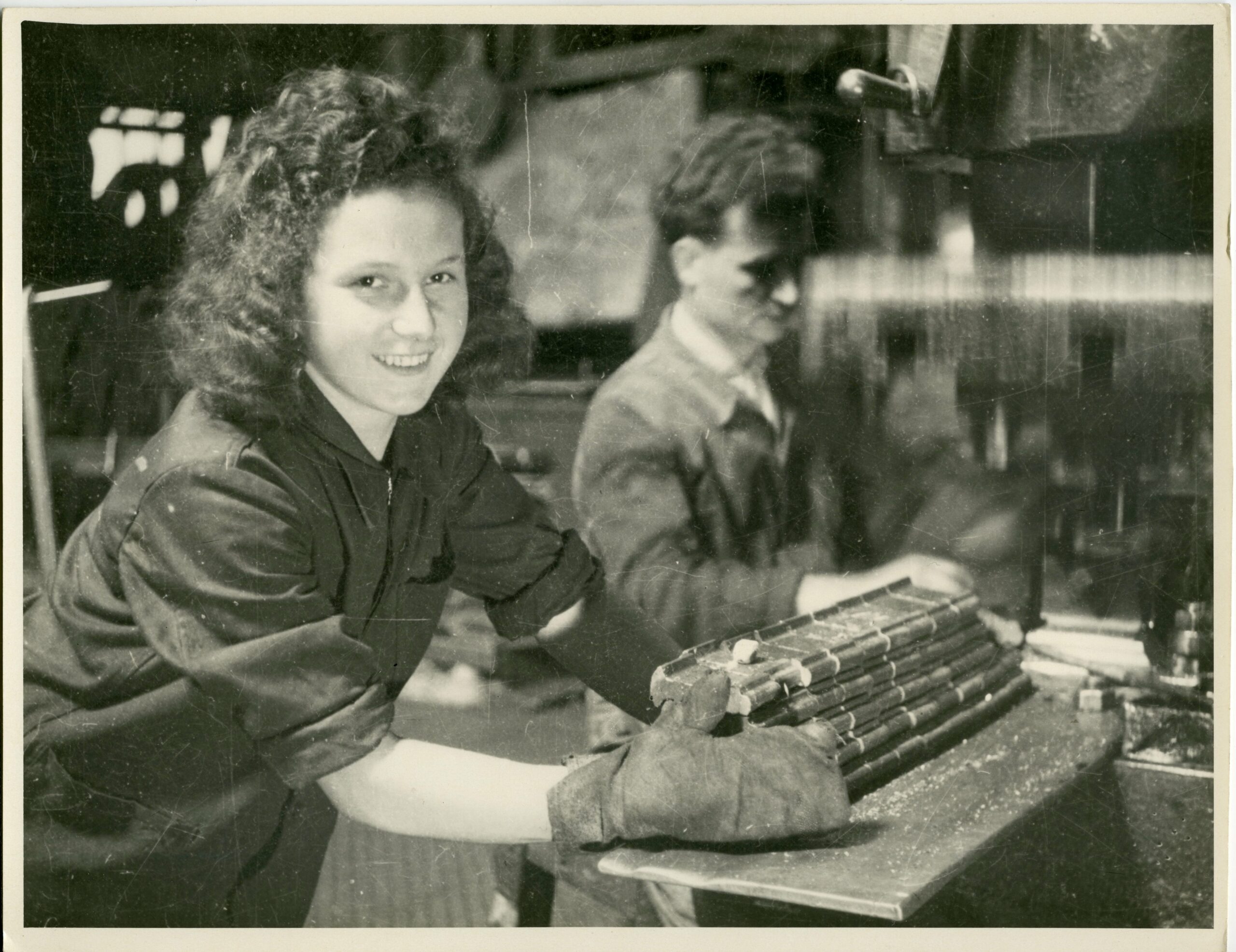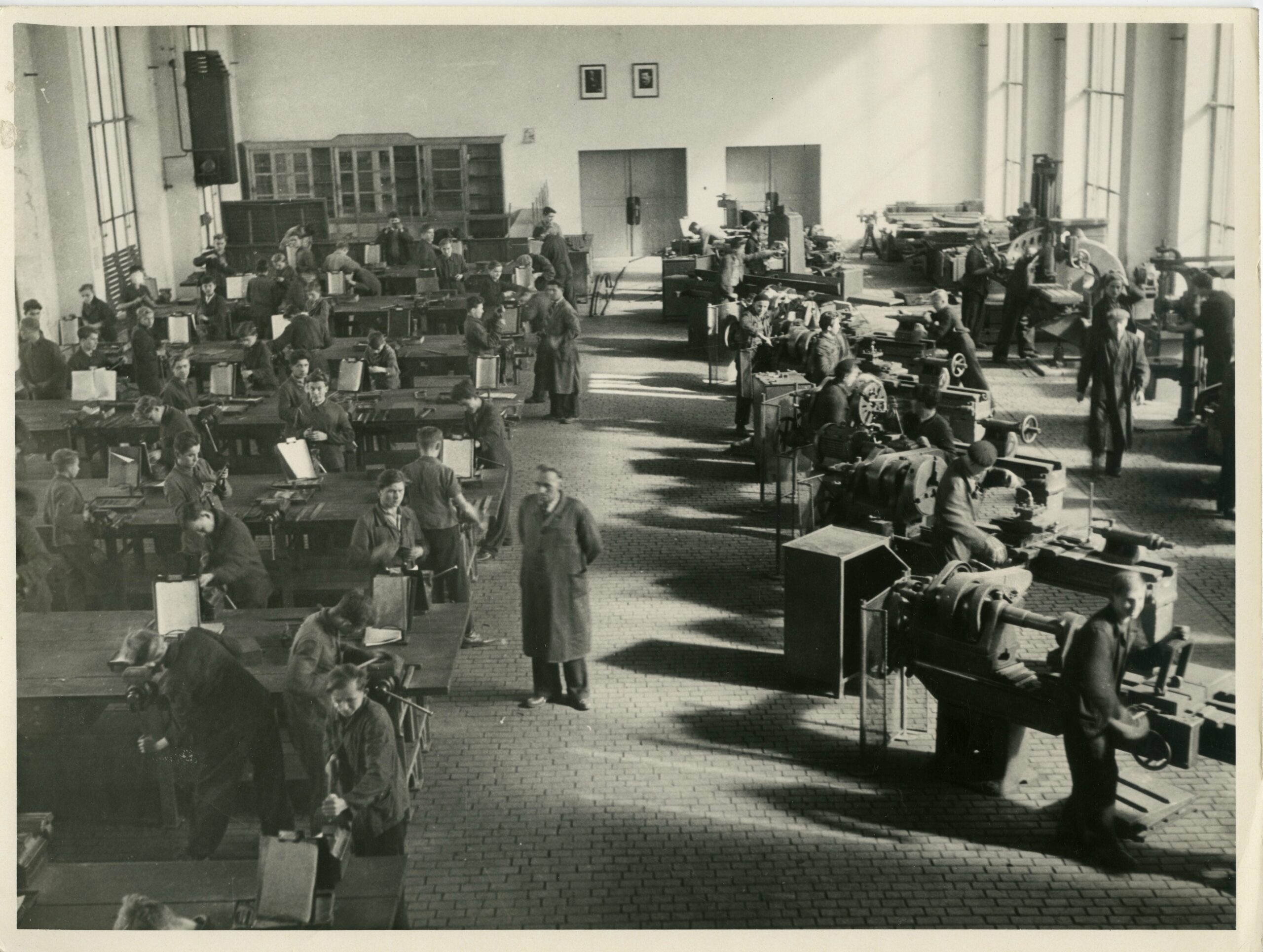Worker housing estates in Třinec
Well until the 1870s, the local population provided a sufficient workforce for the ironworks in Třinec. Workers either commuted from their homes or from rented rooms; those from further away stayed in a dormitory in the ironworks compound on weekdays. The large expansion of the ironworks also resulted in a greater demand for new workforce.
New workers arrived not only from the general area around the plant (the Beskid foothill zone and the agricultural zone of Těšín Silesia); they also hailed from distant parts of Galicia (with the migration wave peaking between 1890 and 1900) as well as from Bohemia, Moravia and elsewhere in Silesia. Thus, the demographics changed in terms of social status, ethnicity and age. To provide housing for the new workforce, ironworks owners started building a specific type of working-class estates near the plants.
These housing estates for workers and managers represented a specific type of housing style typical of industrial areas. In Třinec specifically, their construction started in the 1870s, with development continuing until the 1930s. The number of factory houses kept increasing. While 24 houses were built for managers and workers in 1875, in 1905, the ironworks owned 530 workers’ flats, 69 managers’ flats and 18 engineers’ flats. In 1929, just before the economic crisis, the ironworks owned 209 residential buildings with 1,022 flats (853 for workers, 169 for managers) that provided housing for 54 % of their staff (less 37 % managers and 17 % direct workforce). The housing property list from 1948 comprised a total of 1,380 flats.
Corporate housing estates were not restricted to just Třinec as they were also built in Líštná and Konská (then separate municipalities, currently districts of Třinec). Major housing projects for direct workforce were Starý Borek (1878, including a settlement known as America) and Olza (1911) in Třinec and “Steel Houses” in the town district nicknamed Canada; in Dolní Líštná, they were the manager housing estates Stiskalovka, Starý Folvark and Nový Folvark.



